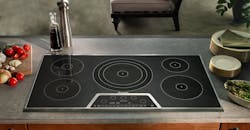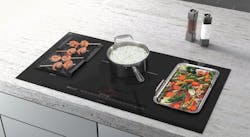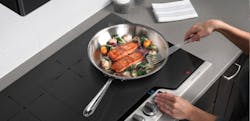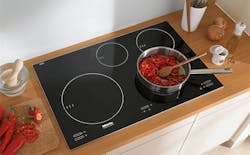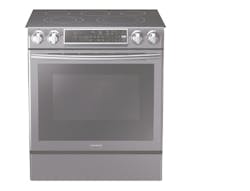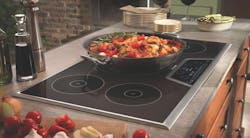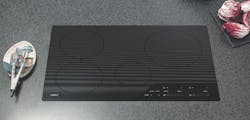No, induction technology isn't exactly new, but it is currently experiencing newfound popularity with U.S. consumers. Pro Remodeler took a look at some of the leading brands that offer induction appliances and did a quick comparison of pros and cons for each. For a deeper dive about how the technology works and the advantages of induction over gas or electric cooktops, click here.
Bosch
Pros: Cooktop requires smaller clearance underneath than competitors; allows room for more drawer space.
Cons: May require 50-amp breaker.
Electrolux
Pros: Cooktop adapts to different pan sizes; controls are easy to use.
Cons: Touch controls are on the cooktop’s backsplash, so reaching over pots may be an issue.
Miele
Pros: Ranges available: 24-, 30-, 36-, and 40-inch-wide cooktops; consistently high reliability ratings.
Cons: Price: 30-inch induction ranges cost between $6,000 and $7,000; some models require 50-amp breaker.
Samsung
Pros: The range model boasts a 5.8-cubic-foot-capacity oven, which can be split into two cooking zones that can be used alone or together; competitively priced.
Cons: Newer to the induction market, so little reliability history available.
Thermador
Pros: Thermador Freedom cooktop can cook four pans at once placed anywhere on the cooktop surface; ability to detect size and placement of cookware.
Cons: Cooktops only—no full-size ranges. Freedom line a bit pricey.
Wolf
Pros: Can connect two side-by-side or back-to-back heating elements; space-saving 15-inch cooktop available.
Cons: Cooktops only, but company plans to offer induction ranges in the near future.
About the Author
Elizabeth Mack
Elizabeth Mack is a freelance writer based in Nebraska.
